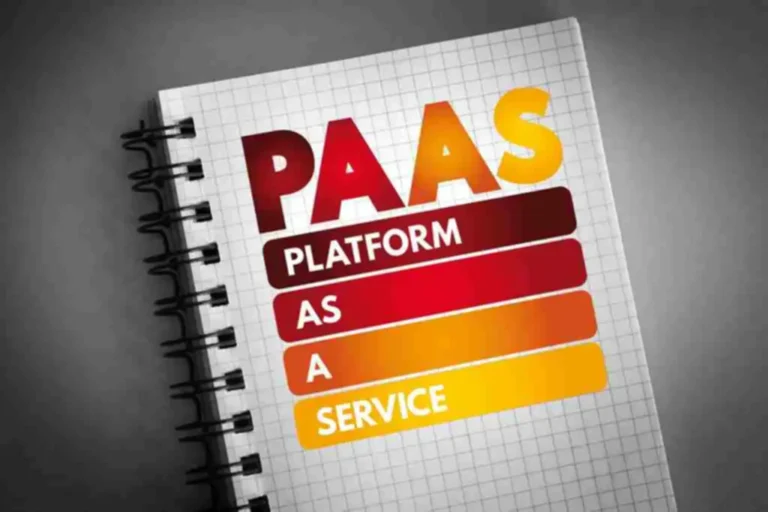Software authors can look at take a look at coverage results to devise extra exams and input or configuration units to increase the protection over very important capabilities. Two widespread types of take a look at protection are statement (or line) protection and department (or edge) protection. Line protection reports on the execution footprint of testing by method of https://www.globalcloudteam.com/ which lines of code have been executed to complete the take a look at. Edge coverage reviews which branches or code decision factors had been executed to finish the take a look at.
- Learn how to improve code quality and reliability with our comprehensive code protection tutorial.
- In this case, the coverage share for the software software would be 50 %.
- The Syllabus makes use of determination coverage, as it is the source of the branches.
- Some code coverage instruments will yield 100 percent coverage because these two take a look at instances end result in the execution of every assertion.
- Once this system has been modified and analyzed, it is executed, as shown in Fig.
- Somewhere where the code can take multiple route, ie it branches.
A Meaningless Way To Obtain 100% Code Coverage
Such a compilation course of helps in integrating the instrumentation assertion into the code. This allows the working of instrumented code, facilitating the collecting and monitoring of desired knowledge via the inserted instrumented assertion branch coverage definition. To measure code protection, we make use of a way generally recognized as instrumentation. Instrumentation includes including additional code or changes to software purposes. These additions monitor how the software utility runs, gather information, and supply insights into which elements of the code had been executed throughout testing.
Which Type Of Code Protection To Choose

Avionics trade commonplace DO-178B and automotive business normal IEC element similar necessities. Note that designers can implement the branch situation implicitly without the usage of if or case statements. For instance, an if-else condition can be implemented by a multiplexer that uses AND or AND-NOT operations. Hence, it may not be at all times apparent to know precisely where to gather the branch statistics to calculate a department protection.
Bitbucket Self-hosting : Running Ebpf/privileged Programs
As you’ll quickly see, department coverage is more nuanced than different metrics. A totally different metric can be at 100%, while department coverage is decrease. By solely monitoring the other metric, a group can have an unjustified diploma of confidence of their code, and essential defects may go unnoticed until they manifest in manufacturing. Branch protection tracks which of these branches have been executed so you’ll find a way to ensure all routes are examined correctly. I will define every of those as regards to the following easy code instance. The next set of experiments is used to look at the effect of monitoring check execution on multiple cores.
The Method To Use Covdata For Higher Go Code Coverage
Code protection percentages should be associated to the complexity of the code. Many protection tools report line coverage, which might be probably the most primary coverage metric. Line coverage simply measures whether a selected line of code was executed or not. Below is an example of the results you may get when operating a moderately complex little bit of code.
A Guide To Check Instances In Software Program Testing
Because code coverage metric ties with take a look at vectors and physical illustration within the hardware description language, simulation engines could be easily modified to supply the coverage information. The following describes a few among the generally used metrics. In the not-so-distant previous, code coverage instruments were specialist objects offered by third-party EDA vendors.
Is Test Coverage The Same As Code Coverage?
The next set of experiments are used to analyze the two techniques for accessing the LBR based mostly on effectivity and to examine the code protection obtained by sampling the LBR at varied rates. The system was analyzed primarily based on the efficiency and effectiveness of its branch protection calculations. The effectivity of our infrastructure is calculated based mostly on the base run instances of benchmark execution reported by the execution device of the SPEC2006 benchmarks, runspec.

There are many test-related metrics with similar-sounding names. Besides department coverage, we have code protection and statement protection. Branch protection is a metric that indicates whether or not all branches in a codebase are exercised by tests. A “branch” is one of the attainable execution paths the code can take after a choice statement—e.g., an if statement—gets evaluated.

If you had started with FFF as your baseline path, you’d wind up with the premise set of (FFF, TFF, FTF, FFT) making the TTT path extraneous. Both foundation sets are equally legitimate, and either satisfies your unbiased decision consequence criterion. Reviewing this example, one might assume that achieving 100% coverage is the final word objective for ensuring high code high quality in any software program program. So, what is the ideal protection proportion that builders and testers ought to attempt for? Having a complete set of metrics might help clean out the weakness of particular person ones, guaranteeing you get a net optimistic end result. The greatest way to get a single supply of metrics fact and observability to offer you a comprehensive have a glance at cycle time, code churn, rework, department protection, and far more?
Therefore, as in branch testing, there’s again the challenge of balancing the effectivity and effectiveness of the hardware monitoring software. When using software-level instrumentation for assertion protection, probes and payloads are added for counting each time individual strains are executed during this system. Additionally, instrumentation code is inserted for every department of the program, the place department instrumentation data how regularly completely different paths are taken via “if” statements and different conditionals. When sampling instructions utilizing hardware mechanisms, any assertion that is executed may be noticed, though recording can be tied to explicit processes if desired.

This iterative process is consistent with the standard use of the MCDC criterion as a check on test adequacy, as described previously. The integrated use of overlaying array-based tests, with a model checker to discover out anticipated results for each test, was discovered to be extraordinarily successful in reducing testing prices for MCDC. Branch protection testing is a white-box testing technique that assesses the efficacy of check circumstances by counting the number of branches or determination points that had been actually taken in the course of the testing process.
Edges 1, 2, 4, 5, and eight are covered in the first case’s path, which follows the “Yes” choice, however edges 3 and seven are not. We must cross over the “No” choice if we are to cowl these edges. The path is X1-Y3-5-P7 with 3 and seven coated edges in the “No” choice situation. Therefore, by following these two routes, all branches have been reached. Various programs allow you to measure the code protection of C++ code. Each of these helps different combos of the metrics I’ve just listed, usually by instrumenting the code that your compiler generates.